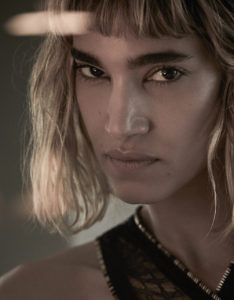
“For three years, I questioned whether or not I should stop dancing,” confesses Algerian-born dancer-turned-actress Sofia Boutella by phone from her home in Los Angeles. “I cared about this decision so much.” The 36-year-old began classical dance training back in her home country at the age of five. Then in 1992, at the age of 10, Boutella and her family fled Algeria to escape the country’s civil war and settled in Paris, where she continued dancing and took up rhythmic gymnastics, which later found her competing on France’s national team in her teens.
At 17, Boutella picked up acting by training in classes, first in Paris and then in New York, but by the age of 20, she felt torn. “I did a few [acting] projects in Paris, but I felt messy and indecisive, and like I had my butt between two chairs,” she says. “I still wanted to dance and spend time with movement, but I could feel acting pulling me. That’s why I decided to stop acting entirely,” she continues.
That decision paid off, as Boutella’s professional dance career soon catapulted: she was chosen as the face of a Nike TV campaign; starred in music videos for Rihanna, Usher, Ne-Yo, and Michael Jackson; and worked with Madonna as a principal backup dancer both on tour and for the pop star’s 2012 Cleopatra-themed Super Bowl halftime show. “I’m glad I danced because I went on an incredible journey,” says Boutella, whose passion and remarkable talent for movement saw her relocate to Los Angeles at the age of 24.

Between dance bookings, Boutella started dabbling in acting again by training at L.A.’s Actors Circle theatre. “I thought between jobs, I might as well be in a theatre and be in class and learn,” she says. Then all of a sudden, Boutella began to constantly wonder if she was hiding behind the fact that she had never truly committed to acting, she shares. Three years later, by then a full-time dancer, she took a major leap of faith. “I literally woke up one morning and I was done. I didn’t want to dance professionally anymore,” she recounts. “My decision was never based on opportunities at all—never based on what am I going to do when my body doesn’t respond to my movements anymore.”
Boutella’s big-screen breakthrough came when she landed the role of the blade-legged henchwoman Gazelle in the spy film Kingsman: The Secret Service (2015) alongside Colin Firth and Samuel L. Jackson. “At that point, I hadn’t made a paycheque in two years,” she reveals. “I committed to acting and stopped dancing—not even taking a small job.” She credits her dancing for that career-altering opportunity. “It helped me get my role because I had never done any martial arts or fighting discipline before. I’d never been a stunt girl,” she says, referring to the high physical demands required for the Matthew Vaughn–directed film. “My dancing background helped me learn all these fight moves. And that’s how I treat everything that I do that has action—as choreography,” she adds.
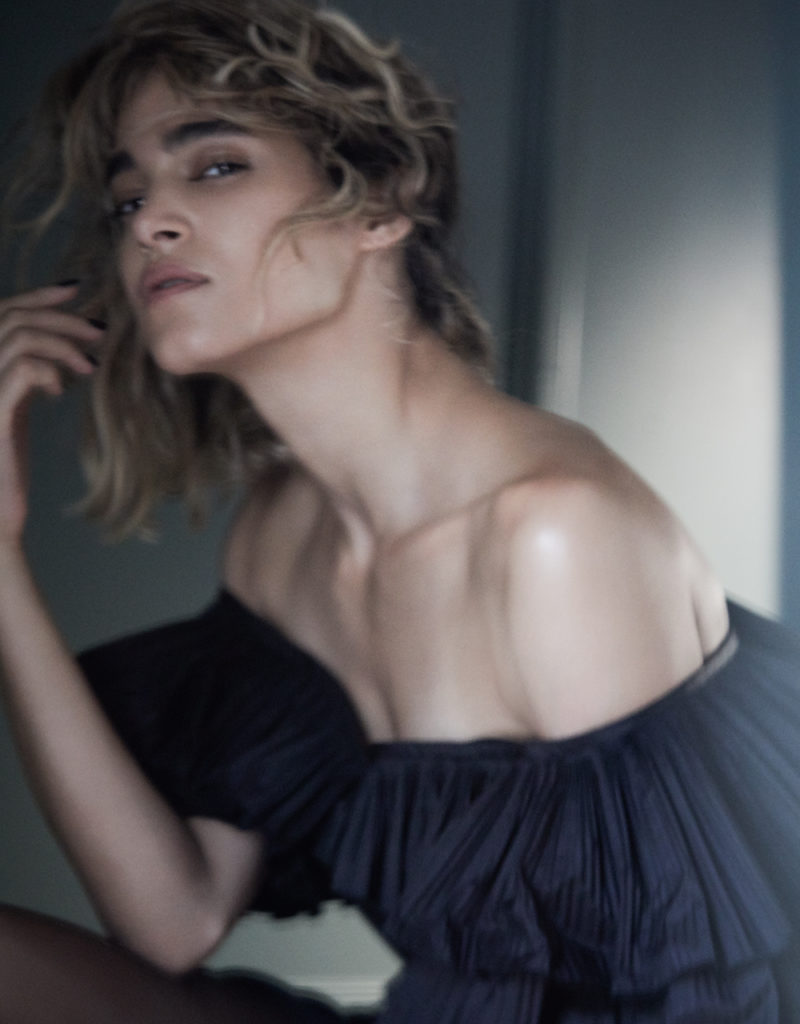
Since Kingsman, Boutella’s star has been on a fast rise in Hollywood: she played an alien warrior in Star Trek Beyond; had the headline role opposite Tom Cruise in the blockbuster reboot of The Mummy; joined forces with Charlize Theron in the action–spy thriller Atomic Blonde; and this year, starred opposite Michael B. Jordan in HBO’s adaptation of author Ray Bradbury’s classic Fahrenheit 451, and alongside Jodie Foster in the crime thriller Hotel Artemis.
If there’s one thing that guides Boutella’s decisions, it’s “to believe in what you have in your heart and what inspires you,” she says. “For me, I would cry for my job. I would cry for what I wanted to do because it was so instilled in my heart. I felt like I didn’t have a choice. When I didn’t work for two years, that was the only thing that kept me going. It was hard; there were times when I couldn’t pay my rent. But that inspiration—that feeling—was so deep in me that I had to trust it.”
Believing and trusting in herself with such fierce intensity was life advice instilled in her by her parents, she shares.
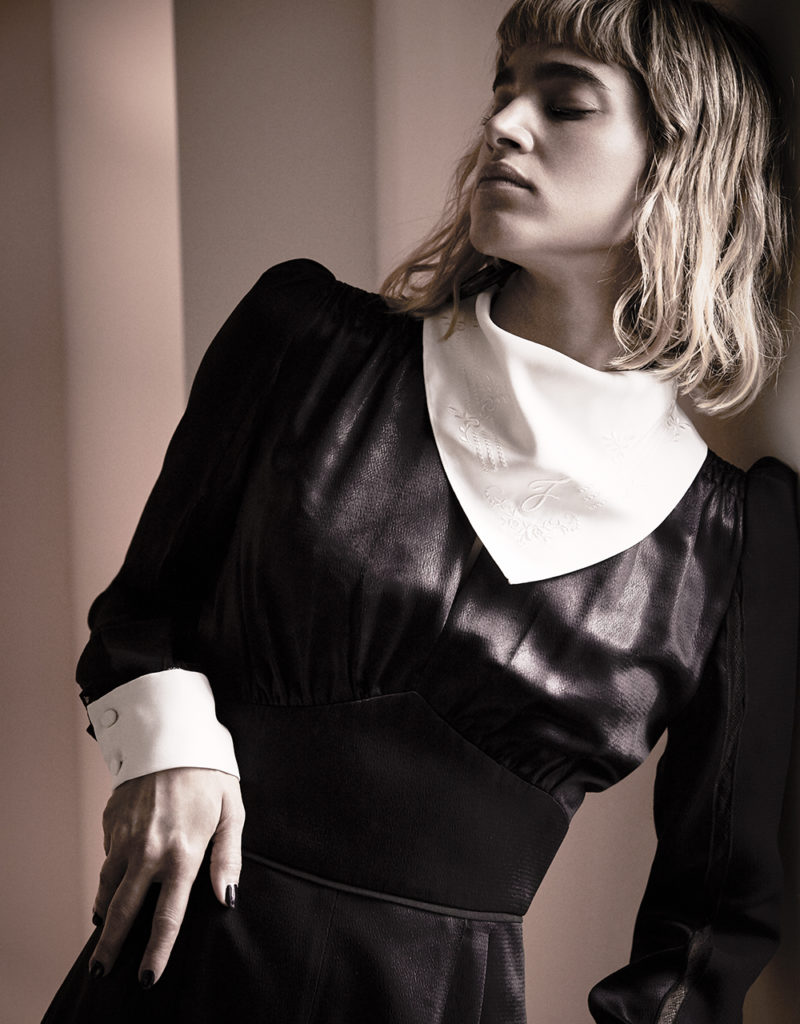
Born to a jazz pianist and composer father and an architect mother, Boutella was constantly encouraged to be creative growing up. “My family was very artsy. My mom gave me a wall [in our house] and told me that it was mine and that I could paint on it. I wish I still had that house and could see that wall!” she reminisces. “My family always encouraged me to open books, to read, to educate myself, to learn by myself, to seek answers if I didn’t have them, and to not do things without knowing what I’m talking about. They’re extraordinary.”
This fall sees Boutella going back to her dancing roots in the musical horror Climax, written and directed by the boundary-pushing filmmaker Gaspar Noé. Set in the mid-1990s and allegedly based on a true news story from that decade, the film centres around a troupe of mesmerizing street dancers who are rehearsing and partying in an old secluded schoolhouse in Paris.
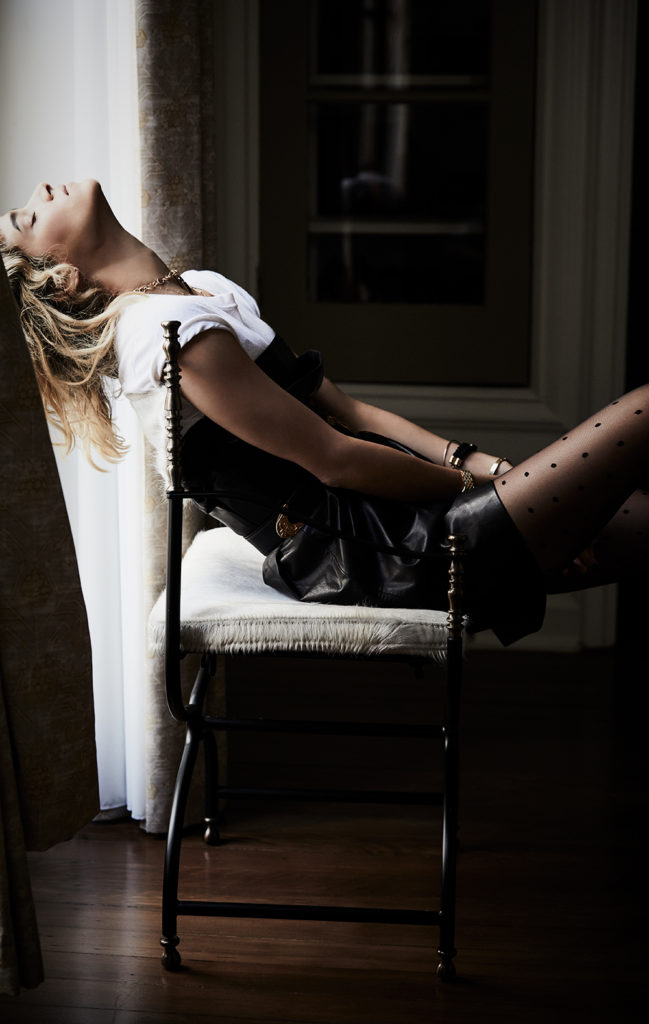
Some 45 minutes into the film, the dancers start experiencing an extremely bad trip after drinking from a punch bowl of sangria that’s been laced with LSD. What began as a fun, celebratory night quickly spirals downward into psychic and emotional hell, as dancers begin to turn on one another while trying desperately to claw back from the maddening, acid-spiked edge. Featuring a cast of real-life dancers, much of the film’s drug-induced low is seen through the agonies of Boutella’s character, Selva. “Selva means forest in Spanish and it has meaning [in the film],” Boutella hints. “When you see the movie you’ll understand.”
Filled with electric dance scenes, Climax—one of the biggest critical favourites at this year’s Cannes Film Festival—was, remarkably, shot in a span of only 15 days, and the cast worked from a barebones script. “We were not sure what we were going to film. We would get an idea and rehearse for three to four hours nonstop, and then we would shoot 14 to 17 different takes everyday. It was all about what we made up in the moment,” says Boutella of life on set each day—an intense and completely new experience for the actress. “I was a bit afraid before I came onboard because I had never worked that way. It was challenging. [Gaspar] kept me on my toes,” she shares. The end reward once filming wrapped, though, was well worth Boutella’s whirlwind efforts. “I’m happy that I pushed myself in that way and that much. It helped me see the extent of where I could go with my instrument. Thinking on my feet was a big deal for me. I can’t wait to apply what I’ve learned on this set on the next one,” she says.
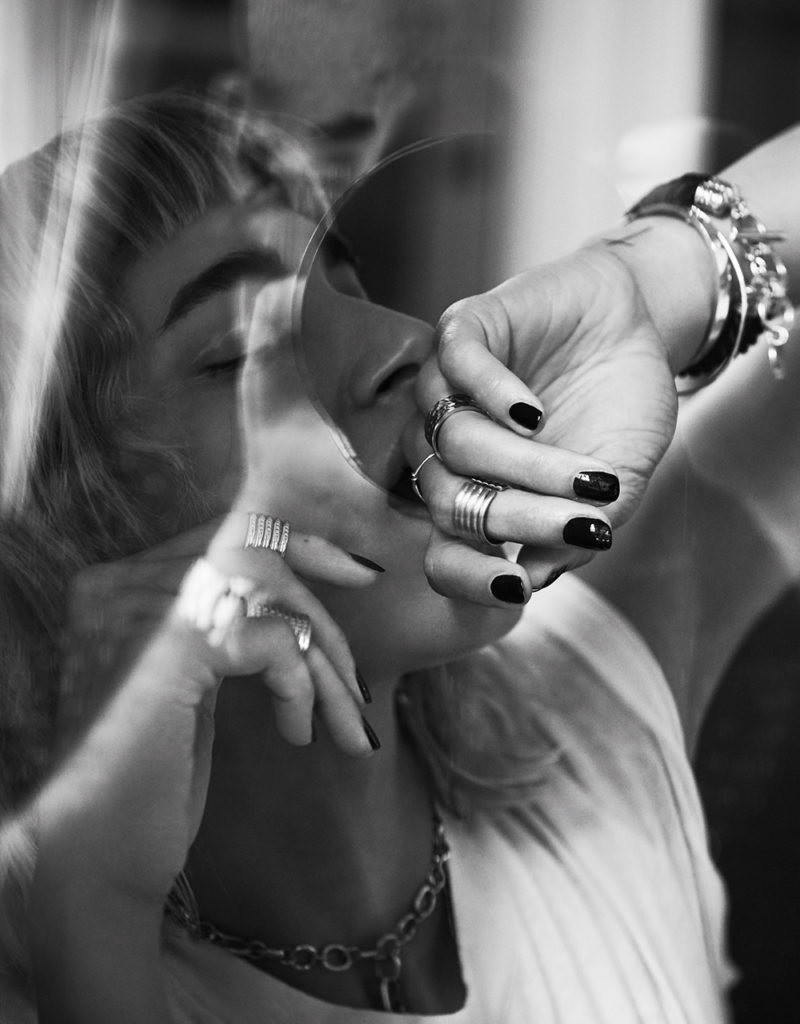
Unlike not knowing what cast members’ lines would be, having planned, choreographed dance sequences was a must for Boutella. “When I asked [Gaspar] who he was thinking of for a choreographer, he told me, ‘I don’t think I need one,’” she shares. “Having danced and knowing that he hadn’t dealt with dancers before, I told him it’s different. A choreographer is necessary for this whole experience because [it’s one thing] working without a script, but to also handle choreography is a lot.”
Boutella quickly introduced Noé to Nina McNeely, an avant-garde choreographer who had precisely two days to think up and teach the cast their moves. “I knew she would understand his vibe and his energy,” says Boutella, who praises Noé’s openness to collaboration. “A few days [into filming], he said straight away that this was the best present he’s had for this film. It was really rewarding because it removed some weight off his shoulders. Nina’s excellent.”
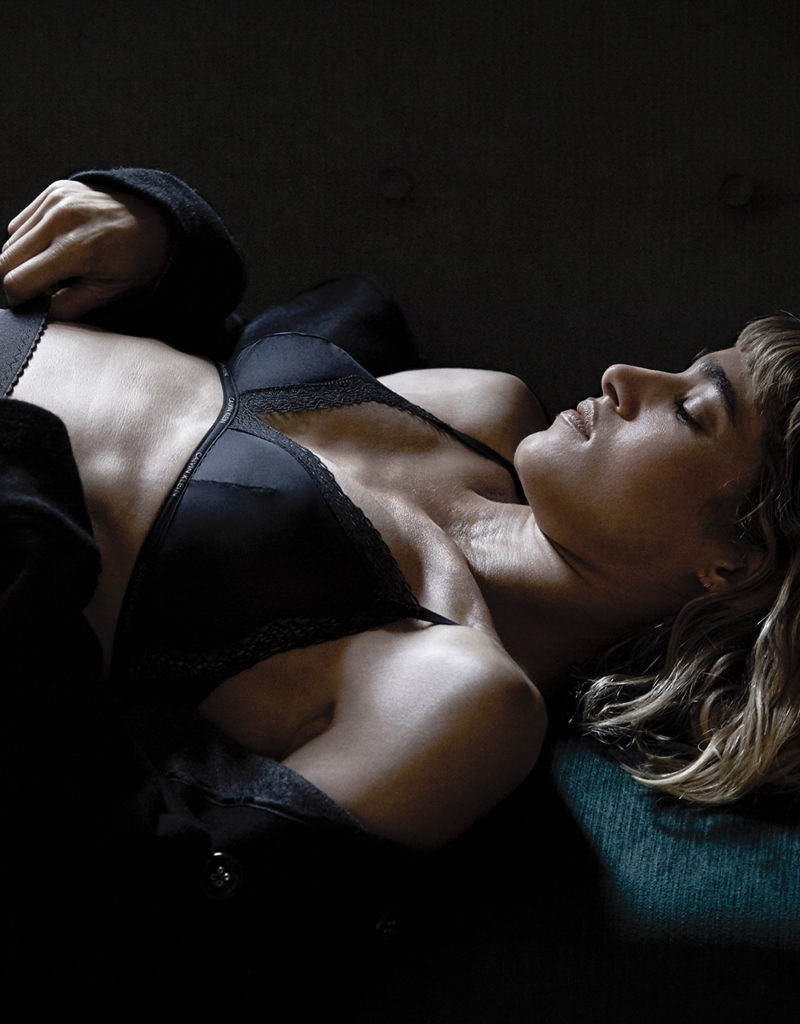
Like its nimble dance moves, sound is deeply important to Noé’s psychological musical. The well-curated soundtrack, which features tunes from artists like Daft Punk and the Rolling Stones, was constantly playing on set, shares Boutella—from the dancers’ warm-ups to rehearsals to filming. But when it came to shooting one of her biggest scenes in the movie—a demonic meltdown—the actress needed dead silence to help her perfect the agony. “I asked not to have the music because I thought what was playing was sort of a contrast between my state and the song chosen for that moment,” she explains.
To channel her character’s wild freak-out moment, Boutella looked to actress Isabelle Adjani’s notorious and deeply disturbing scene in the 1981 horror–drama Possession. The dramatic performance sees Adjani writhing, contorting, and suffering a gory seizure on the floor of a subway station. “I asked [Gaspar] if I could have that kind of psychological moment, and he said, ‘Yes, let’s explore it!’ ” quotes Boutella. “He’s somebody who’s fascinated by people who are losing control.”
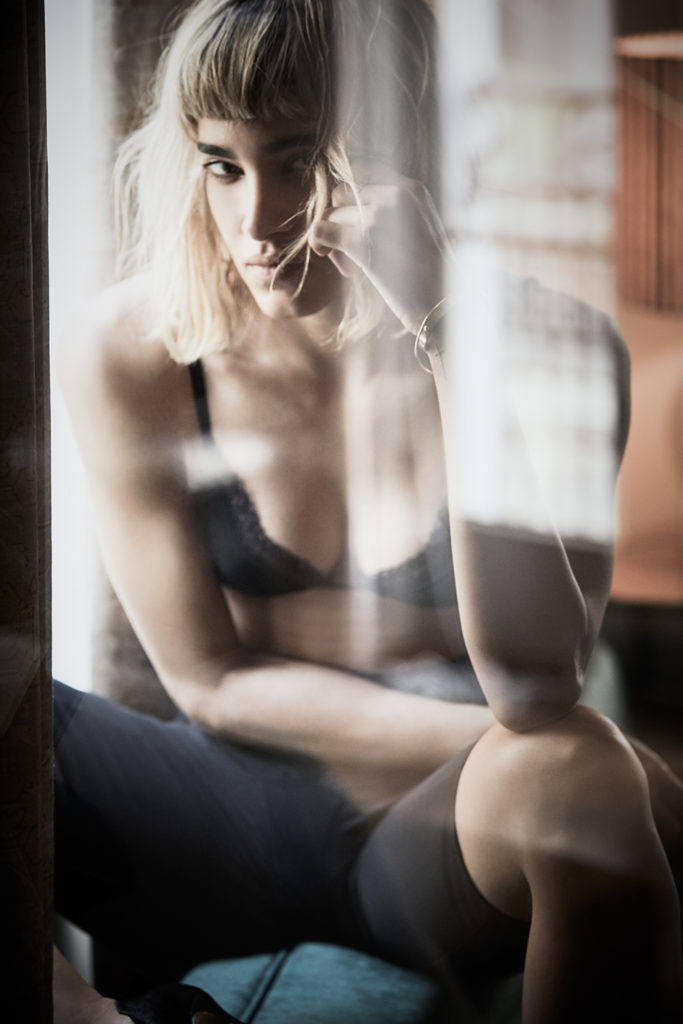
Five steady years into her acting career and with some impressive roles under her belt already, Boutella says that she’s still chasing her major Hollywood movie moment. “I still feel very young in this profession. Kingsman gave me incredible chances and opportunities; it helped me get all the other roles. But I still feel like I’m searching for some type of identity, or some sort of exploration that I’d like to go towards,” she acknowledges. Whatever that may be, Boutella is approaching her career with openness. “I’m not strict or rigid towards my choices,” she states. “I’m obsessed with relationships in scripts and stories, and I want to read something that I fall in love with. It doesn’t matter if it’s drama, action, or if I play an alien again.”
Photography by Diego Uchitel
Styling by Sophie Lopez at The Wall Group
Hair by Andy Lecompte at The Wall Group
Makeup by Sabrina Bedrani at The Wall Group
Manicure by Denise Bourne at The Rex Agency

